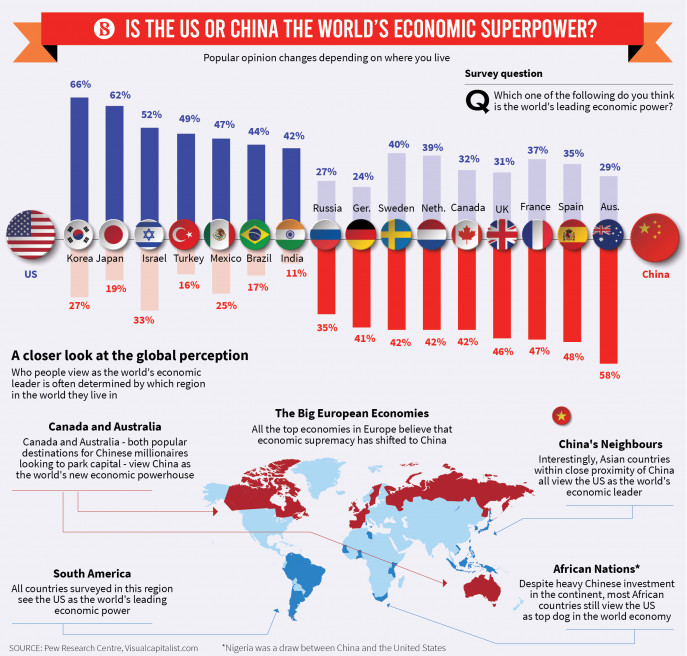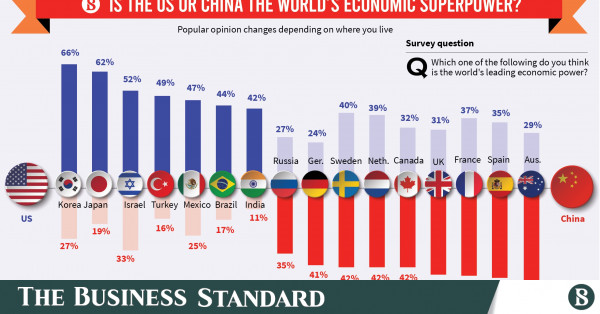China does experience power shortage currently, mainly because China is the only country operates normall during the pandemic and many foreign orders used to go to other countries now all turn to China, cause sudden surge of demand for containers, cargo ships and electricity.
China's export increased 33.7%, trade surplus increased 28.9% by this August.
产能突增
本轮停电多集中在江苏、浙江、广东等制造业大省。
疫情持续影响下,中国作为全球少数几个在受影响下依然开工生产的经济体,吸引了大量国际订单。再加上,东南亚持续受到变种病毒影响,国际订单只好转投中国。
数据也证实制造业的火热——中国海关总署公布的数据显示,以美元计,8月份出口同比增速加快至25.6%,进口增速加快至33.1%,贸易顺差则进一步扩大至583.4亿美元,均高于市场预期。
累计来看,今年前8月,中国出口同比增长33.7%,比2019年同期增长30.3%,贸易顺差3624.9亿美元,同比增加28.9%。
这些数据背后,是企业不断延长的工时,以及大幅增加用电量。而且中国有“金九银十”一说,九月和十月经常是订单高峰期。
China's export increase, but it only make rich Chinese become richer while good jobs are not increase and the poor still remain poor and jobless.
Millions Cnese become jobless after Evergrande collpase, plus factories fire CN employee to save cost when they only can operate 3 to 4 days per weeks .
CN's economy is just trying to survive to avoid chaos like Lybia, but don't know how long can CN's economy still survive when energy crisis will not over soon.
--------------
With two children and 17,000 yuan ($2,400) in loans from relatives to pay off, he recently got a bit of work doing apartment renovations in a nearby county, but his boss can't guarantee steady work. Heading back to Beijing isn't a great option, given the weak economy.
"It's no 100% guarantee you can easily get a job in the city," he said.
The data
Getting a precise read on China's jobs situation has always been hard. For years, Beijing relied mainly on people voluntarily disclosing their unemployment.
In 2018, the statistics bureau began releasing a national urban unemployment rate based on surveys in more than 600 cities. The bureau said the new data would bring China in line with international standards and help the government better manage the economy.
The data have important omissions, economists say. They don't include migrant workers who were once employed in cities but returned home for various reasons. It is assumed that most of the country's roughly 174 million migrant laborers who work away from home have farms they can fall back on if they lose their city jobs -- as many did this year -- and therefore don't need to be counted as unemployed.
Nor do the data include people in cities who are forced to work fewer hours than they'd like, or who have had pay cuts.
The official U.S. unemployment rate hit 14.7% in April, the highest level since data began in 1948. In May, employers added 2.5 million jobs -- the most in a single month since 1948 -- and the unemployment rate fell to 13.3%. U.S. data don't capture all of the people who are underemployed or who have given up looking for work.
But unlike China, the U.S. counts as unemployed some people not working any hours even while technically employed. The U.S. also has a wider array of monthly statistics than China does to reflect such people.
Chen Xingdong, a China economist at BNP Paribas, estimates that once everyone is factored in,
as many as 132 million Chinese workers were at one point unemployed, temporarily displaced or furloughed this year -- or about 30% of China's urban workforce. He says it is fair to count displaced migrants as unemployed because farming isn't really viable for many of them once they have ventured out into cities.
Feng Weibing, a 51-year-old who has been struggling to find work on interior-decoration projects in Beijing, agrees.
While he has land in rural Jiangsu province, he said, "There is no way we can make a living as farmers."
"The average cost for us in Jiangsu is around 100 yuan ($14) a day, but as a farmer, you can only earn about 60 yuan (9usd) a day," he said. He is sticking it out in Beijing, hoping conditions will improve.
The U.S., reeling from the coronavirus, has suffered its worst surge in unemployment since the Great Depression. By contrast, the pandemic has barely touched...

www.marketwatch.com


 www.tbsnews.net
www.tbsnews.net













